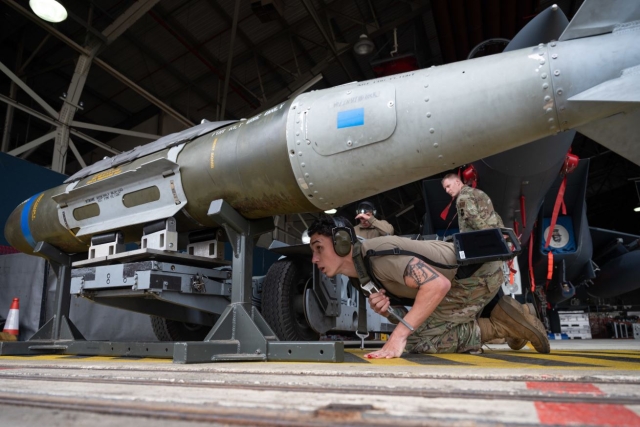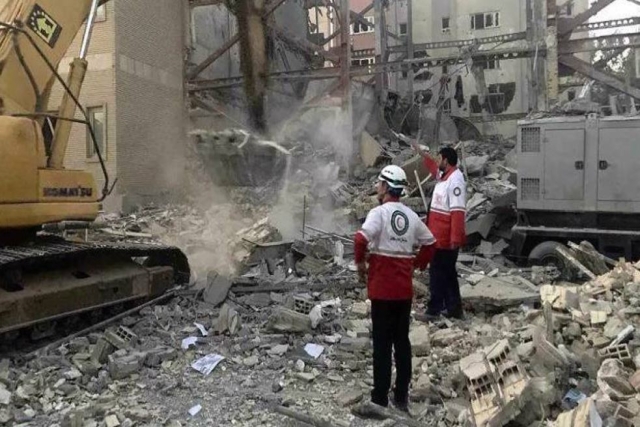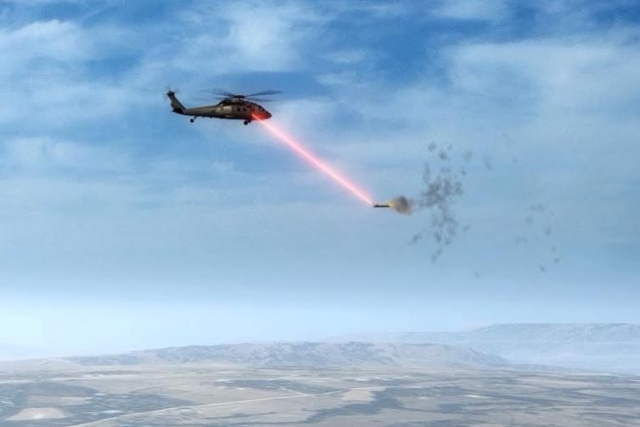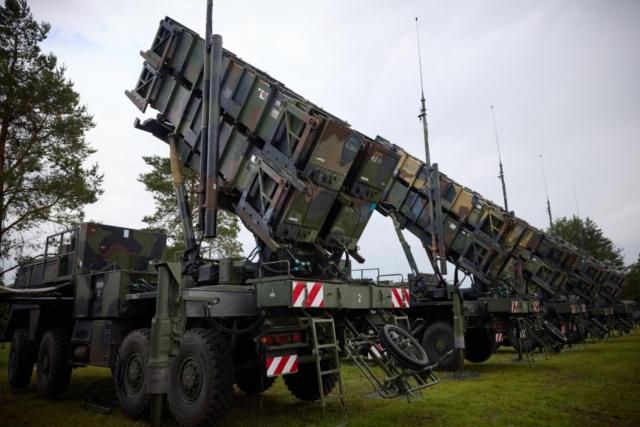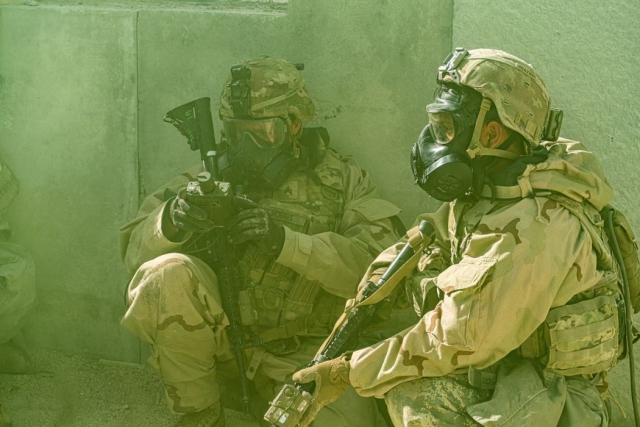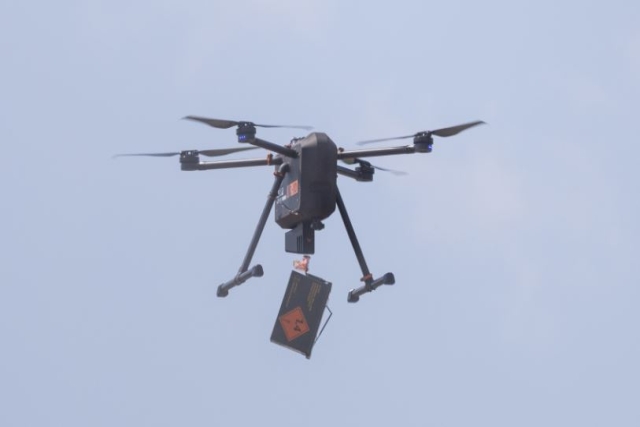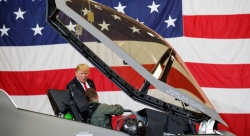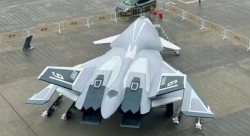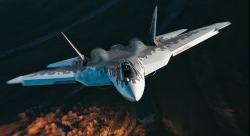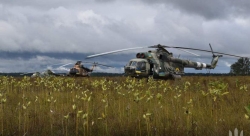Israel Developed Specialized Weapons for Iran Attack over ‘Decades’
Operation Am Kalavi marks first use of long-prepared Israeli systems targeting Iran’s nuclear, missile sites

Israel has revealed that key military technologies used in its June 13 strike on Iran were developed over decades specifically for such a scenario, according to a statement from the Ministry of Defense.
"Some of the weapons, first used in the preemptive strike against Iran's nuclear sites and ballistic missile array, were developed over decades for precisely this purpose," Israel's Defense Ministry said in a statement.
The offensive, dubbed Operation Am Kalavi, targeted Iranian nuclear facilities and ballistic missile infrastructure. The Israel Defense Forces (IDF) described it as a "preemptive strike" aimed at disrupting Iran's weapons programs and regional militant coordination.
According to the Ministry of Defense, many of the systems used in the attack were developed under the direction of MAFAT, Israel's Defense Research and Development Directorate. These included:
- Layered air defense systems that prevented an estimated $15 billion in potential damages.
- Drones deployed continuously in Iran’s third operational ring, carrying out more than 500 strikes and intelligence missions.
- Satellite surveillance, with over 12,000 images captured across millions of square kilometers to prepare for the attack.
- Locally developed munitions, designed over the last 20 years, which were part of the opening strike and played a key role in establishing air superiority.
- AI-driven digital warfare systems, embedded across all platforms, enabling rapid decision-making and electronic disruption.
“The systems operated for the first time during the preemptive strike on Iranian nuclear and missile assets were developed over decades exactly for this purpose,” the Ministry said.
On July 1, Israel disclosed details of "Operation Rising Lion," a major IDF campaign targeting Iran. The operation involved over 1,270 air sorties, strikes on three nuclear sites, and the reported dismantling of 50% of Iran’s missile launchers. Israel also claimed more than 1,000 missile and UAV interceptions and the elimination of over 30 senior figures within Iran’s security establishment.
Use of Israeli Aircraft
Footage from the operation shows Israel’s F-35i Adir fighters alongside F-15I Ra’am, F-15C Baz, F-16C Barak, and F-16I Sufa aircraft. These were seen carrying JDAM bombs, AIM-9 Sidewinder, AIM-7 Sparrow, and Rafael Python missiles. Targeting pods like the AN/AAQ-28 Litening were also spotted under fuselages.
The air fleet's mix of guided bombs and advanced air-to-air missiles was aimed at striking fortified underground targets and countering airborne threats.
Context Behind the Strike
Israel has claimed that Iran had advanced plans to strike Israel using thousands of drones and ballistic missiles while supporting regional militias like Hamas and Hezbollah.
“For years, the Iranian regime has promoted direct and indirect terrorism… and developed long-range missiles and warheads,” the IDF said in a statement, adding that intelligence showed concrete plans to destroy Israel.
U.S. Role in Background
The U.S. backed Israel with real-time intel and refueling support during strikes on Iran’s nuclear sites. The Pentagon now says Iran’s program may be delayed by one to two years—far less certain than Donald Trump’s claim that the sites were “completely destroyed.”
Footage from B-2 bombers and Israeli intel suggest damage to centrifuges at the Fordo facility, but U.S. assessments remain divided. A Defense Intelligence Agency report gave only a low-confidence estimate of a few months’ setback.
Iran has since cut off cooperation with the UN’s nuclear watchdog, making verification harder. IAEA chief Rafael Grossi warned Iran could restart enrichment within months, saying, “You cannot undo the knowledge.”
